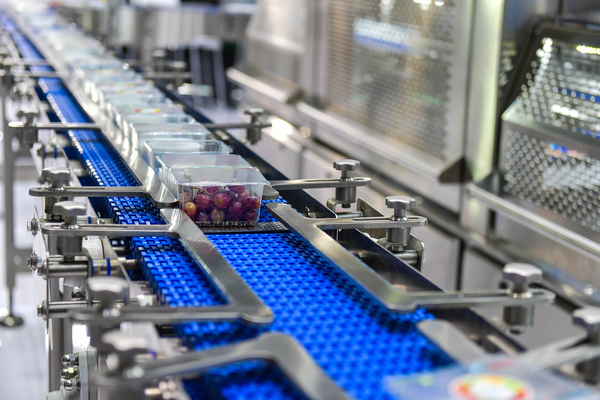
CPG packaging design is incredibly complicated. Designers must create an appealing package that is user-friendly but also attractive to consumers without having an adverse environmental impact. But without an emphasis on product safety, all of the rest of these requirements simply won’t matter.
When it comes to CPG products, one of the key functions of packaging should be to protect and preserve the safety of the products. How can brands make this more of a priority?
CPG Packaging and Product Safety
CPG packaging design is increasingly complicated. Designers must understand as much about the product as the product manager. For example, packaging designers should understand the ingredients of the food product to know what preservatives have been used to keep it fresh. They should know if there are any common allergy triggers that should be listed on the package.
Both of these areas fall under the product safety category; if CPG packaging doesn’t take these issues into account, it creates risk for the brand. There are federal regulations that even impact CPG packaging. These include:
- CPG designers should be well aware of the Food Allergen Labeling and Consumer Protection Act of 2004, that layout rules like the FDA Q&A on allergens.
- There is also the Federal Food, Drug, and Cosmetic Act from 2006 that still governs packaging labels, along with more recent updates to labeling rules.
- Then there are FDA rules on how to clean processing equipment to eliminate cross-contamination or other hazards.
- The FDA published new rules about Nutrition Facts label for packaged foods. The new label makes it easier for consumers to make better informed food choices.

CPG packaging is unique because the product contents must be kept secure while keeping foods or other products from spoiling or being contaminated. It’s a diverse and challenging field; frozen foods, glass packaging, perishables with an expiration date, are all handled by the packaging designer, who has a lot of risk resting on their shoulders.
Packaging, barrier items, shipping containers; each different CPG item has a different packaging requirement. For example, shrink-wrapped meat or vegetables require anti-fog additives to keep the visual appeal high, no matter the external temperature or humidity. Maintaining shelf life through supply chain disruptions, while still paying attention to packaging sustainability are just a day in the life of the average product packaging designer.
Beyond Safety—Food Packaging and Waste Reduction
Beyond food safety, having the right packaging design can keep food from spoiling and reduce waste. Nearly a third of all the food produced around the globe each year is wasted or lost. Packaging design can ensure that food is not damaged, spoiled, or spilled during transit. CPG packaging must take into account design transport hardships like extreme high or low temperatures, humidity, dust, or other issues that could affect or damage the quality of the CPG products. Today’s global supply chains are complex. One article illustrated the challenges of CPG packaging and the benefits of getting it right:
“In sum, the challenge of navigating the trade-offs between multiple needs, actors and constraints is a mighty one, but the goal — more food to people in need, increased quality, safety and nutritional value, and lower environmental impact — makes it worth it.”
PKG Brand Design is always on the forefront of new CPG branding and packaging initiatives; please subscribe to our blog for the latest package design industry news!







